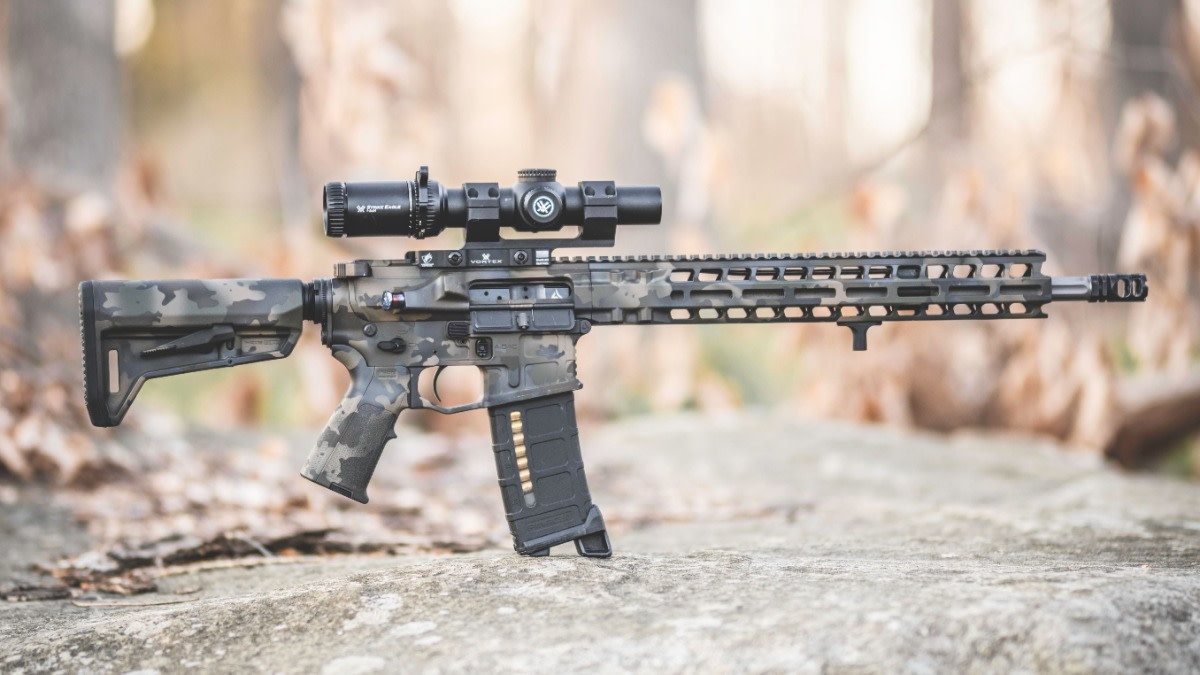
The 5.56 NATO and the 300 Blackout might seem like an unnatural matchup.
The Blackout shoots a large, .30-caliber bullet at speeds ranging from moderate to molasses. The 5.56 fires a light, .22-caliber bullet faster than anything except turbo-charged varmint rounds. Like Manny Pacquiao taking on Mike Tyson, these two cartridges are in different weight classes, and we wouldn’t normally pair them together.
However, the 5.56 and the 300 Blackout share one important quality: they’re both popularly chambered in AR-style rifles. What’s more, a 5.56 NATO rifle can be converted to fire 300 Blackout with nothing more than a barrel swap. That’s because the 300 Blackout uses a necked-up 5.56 NATO case—the cartridge is basically a shortened 5.56 with a .30-caliber bullet stuffed down the business end.
Thanks to this quick-change ability, thousands of hunters and sport shooters own AR-15’s chambered in both cartridges. If that’s you, and you’re wondering which rifle you should take into the field this year, you’ve come to the right place.
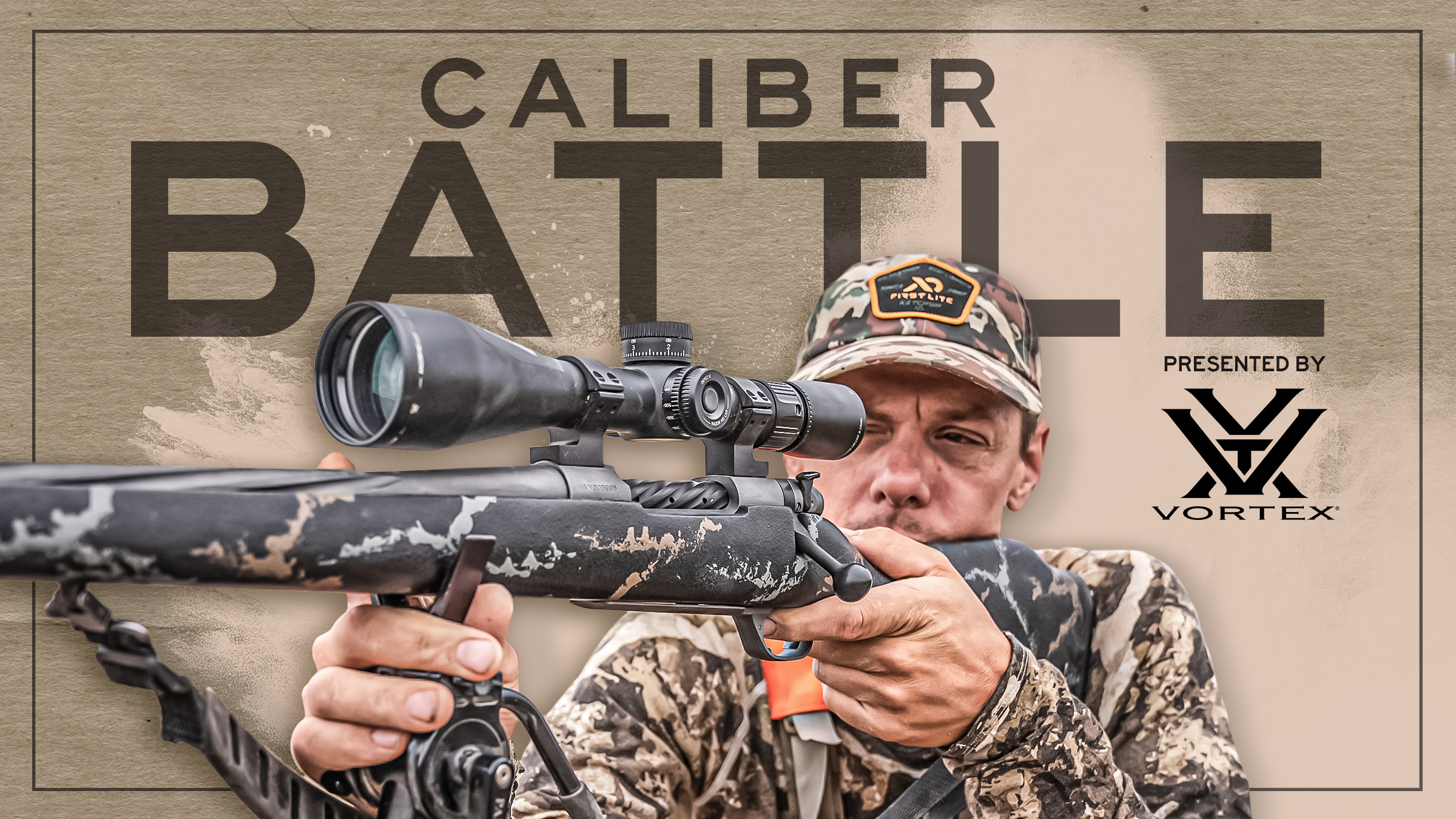
Ballistics
These cartridges are about as ballistically dissimilar as it’s possible to be.
The 5.56 fires 55-grain bullets about 3,100 feet-per-second (fps) and 77-grain bullets closer to 2,800 fps. The 300 Blackout, on the other hand, can be loaded with 110-grain bullets for 2,300 fps of velocity or 220-grain bullets for 1,000 fps.
These radically different velocities translate to radically different trajectories. This 120-grain Power-Shok Copper 300 Blackout drops nearly 34 inches at 300 yards with a 100-yard zero, and a whopping 127 inches at 500 yards with a 200-yard zero. This 55-grain Varmint and Predator Nosler Ballistic Tip .223 Rem, on the other hand, drops only 11 inches at 300 yards with a 100-yard zero and 44 inches at 500 yards with a 200-yard zero.
(Note: While the 5.56 NATO and the .223 Rem. are not perfectly interchangeable, all rifles chambered to 5.56 NATO can also fire .223 Rem. For that reason, we’ll use .223 Rem. examples throughout this Caliber Battle.)
You can play around with different bullet weights and achieve slightly different results, but the 300 Blackout was never intended to be a long-range cartridge. The 5.56 may not be able to compete with real long-range cartridges, but it blows the Blackout out of the water at the distance game.
However, despite their differences in bullet weight and velocity, both cartridges deliver comparable energy at the muzzle. For example, the Power-Shok 300 Blackout noted above flies at 2,100 fps at the muzzle for 1,175 foot-pounds (ft.-lbs.) of energy. That’s only a little less than the 55-grain Varmint and Predator .223 Rem., which produces 1,282 ft.-lbs. of energy at the muzzle.
The most obvious difference between these two cartridges is the diameter of the bullet. The 5.56 may be traveling faster and delivering slightly more energy, but the 300 Blackout will always be about 35% wider than the 5.56, even after bullet expansion. Does that extra width make up for its other shortcomings?
Common sense suggests that wider bullets kill animals faster, and Terminal Ballistics Research confirms that “wide wounds are the key to fast, humane killing.”
On the other hand, a deer isn’t likely to survive very long with a hole in its vitals, whether that hole is .22 inches or .30 inches. A well-placed shot with a small bullet is better than a miss with a big bullet, and you’re more likely to make a good shot at longer distances with the 5.56.
On the other, other hand, I couldn’t find anyone on the MeatEater crew who has taken a deer with a .223 Remington, and some ballistics experts advise against anything below .243 caliber for taking big game. I’ve taken deer and pigs with a 300 Blackout, and performance has been good at ranges within 100 yards. The animals don’t drop where they stand, but they don’t get very far, either.
It might not be possible to square this circle. These cartridges are too dissimilar to make a fair ballistic comparison, so we’re ending this round in a draw.
Winner: Draw
Shootability
Both cartridges are light-recoiling, inexpensive, and widely available, making both the 5.56 and the 300 Blackout eminently shootable.
Most hunters that have shot a rifle chambered in 5.56 NATO/.223 Rem., and a 300 Blackout will tell you that they feel similar. Both are easy on the shoulder, especially in AR-type rifles with an integrated buffer system. But even in a bolt-action or pump action gun, neither are uncomfortable to shoot.
The 5.56 NATO pulls ahead when it comes to cartridge cost and availability. When buying in bulk, it’s possible to find 5.56 NATO/.223 Rem. for $0.50 per round. Quality hunting ammo will run closer to $1.90 per round, though it can be found cheaper.
Hunting ammunition in 300 Blackout can be had at that price point, but practice ammo costs significantly more. The cheapest Blackout runs about $1 per round (if you shop around online), but you’ll find it closer to $1.25 per round at your local sporting goods store.
The good news is that you are likely to find it. Both the 5.56 NATO and the 300 Blackout are popular, and most gun shops and big box stores carry several options for both cartridges. You’re more likely to see a greater variety of 5.56, but most stores still stock a few 300 Blackout options.
While both cartridges are shootable, the 5.56’s lower cost gives it the edge in this category.
Winner: 5.56 NATO
Versatility
At first glance, the 300 Blackout might seem like the most versatile cartridge on the block. It can be found with factory loaded bullets from 110 to 220 grains, a huge range for a relatively diminutive cartridge.
But unless you’re hoping to take out a sounder of hogs Zero Dark Thirty-style, those heavy, subsonic bullets don’t offer much advantage in the field. Most subsonic ammunition isn’t designed for hunting at all, and even the cartridges that are don’t perform better than the 110- or 125-grain options.
That leaves us with a much smaller range of bullets and potential hunting applications for the 300 Blackout. While a 110-grain bullet can of course be used on varmints, the Blackout’s limited range makes it less than ideal for those applications. Much like the .30-30 Winchester, the 300 Blackout is great for deer and hogs, but that’s about it.
The 5.56 NATO/.223 Remington, on the other hand, is an ideal varmint cartridge that can also step up to deer-sized animals. It’s perhaps the best coyote cartridge on the market, and the 55-grain Varmint and Predator Nosler Ballistic Tip cooks along above 1,800 fps well past 400 yards.
While there are better options for deer and similarly sized animals, thousands of deer are taken every year with a 5.56 NATO/.223 Remington. Federal offers 5.56/.223 cartridges specifically designed for medium game, including the 55-grain Trophy Copper, the 62-grain Fusion MSR, the 60-grain Nosler Partition, and the 62-grain Trophy Bonded Tip.
So, while the 5.56 NATO is a little underpowered for deer, it can still punch up to that level. On the other hand, you’ll waste a lot of ammo lobbing 300 Blackout rounds at prairie dogs at 400 yards.
Winner: 5.56 NATO
And the Winner Is…
Choosing a “winner” in this Caliber Battle is a little like choosing a “winner” between ice cream and venison steak fingers. I can tell you whether cookie dough or mint chocolate chip is better (cookie dough), but this feels like comparing apples to oranges.
The 300 Blackout is similar ballistically to the .30-30 Winchester, and it excels in those short-range, thick woods scenarios. The 5.56 NATO is better at longer ranges on smaller animals, though it can still take down whitetail.
Based on the category winners above, I have to give this to the 5.56 NATO. But the caliber you choose really depends on how you hunt, where you hunt, and what you hunt.
Winner: 5.56 NATO


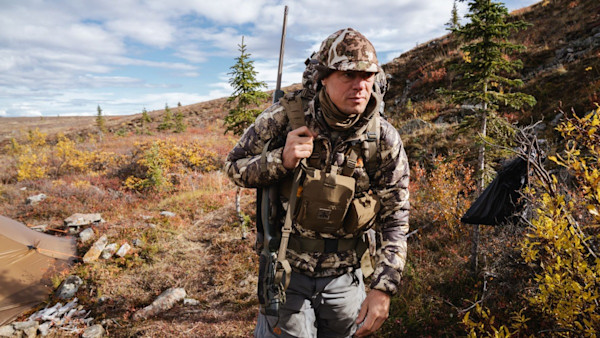
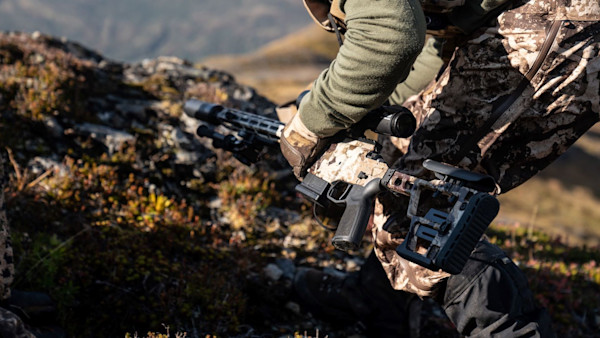


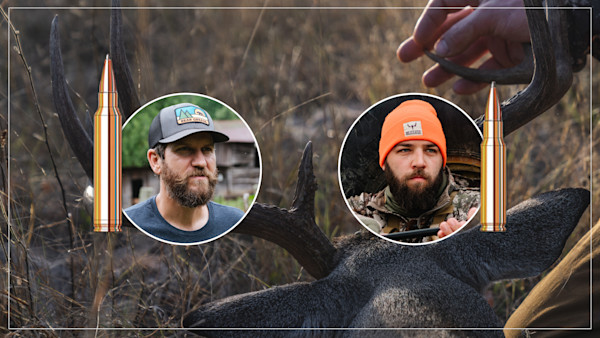
Conversation